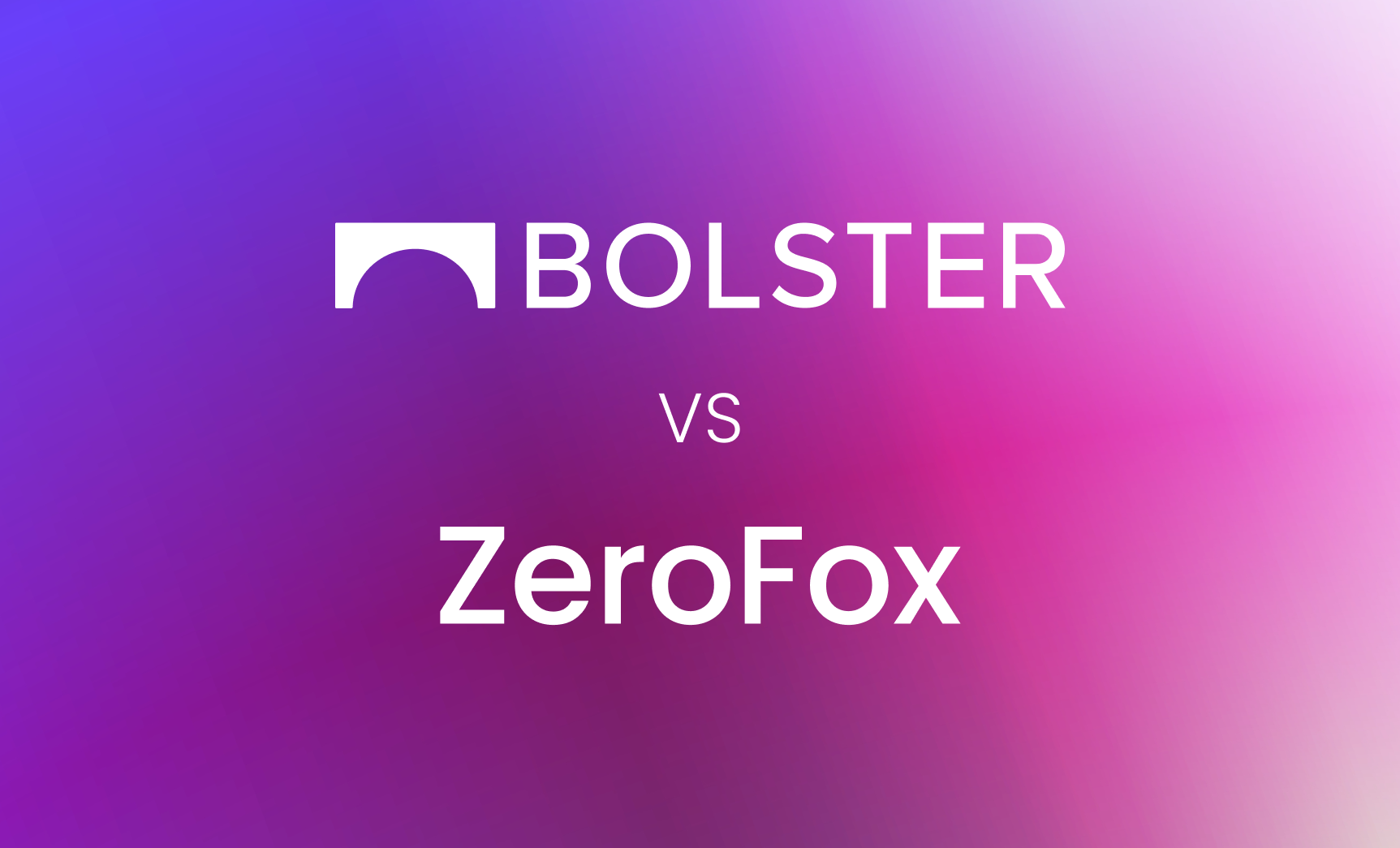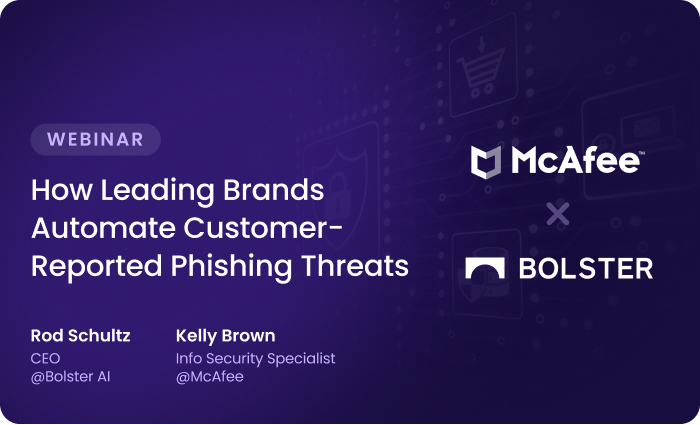Brand protection strategies need to evolve as quickly as the dangers they are protecting against. From AI-generated phishing sites to counterfeit sellers thriving on encrypted apps like Telegram, today’s landscape is a far cry from simply securing a trademark and monitoring social media.
Of course, those things still matter, but your brand is now a high-value target across every corner of the internet—and the threats are multiplying faster than ever.
Deepfake impersonations of your executives, fake domains created in seconds using generative AI, fraudulent products eroding customer trust—the digital risk landscape has changed. And with that, so must your strategy.
In this updated guide, we walk through 12 core brand protection strategies – modernized for 2025 – to help you safeguard your brand’s identity, reputation, and revenue.
1. Trademark Protection
Your trademark is still one of your brand’s most valuable assets. Register it early, enforce it aggressively, and monitor its usage regularly—especially online.
2025 Tip: Use AI-powered trademark monitoring to automatically detect similar names, logos, or taglines appearing in online marketplaces and web domains. This helps catch infringements before they spread.
2. Online Domain Name Protection
Owning key domain extensions (e.g., .com, .net, .org) and regularly scanning for typosquatting or copycat domains is essential.
2025 Tip: Register your brand name across newer gTLDs (like .shop, .store, .ai) and set up alerts to monitor domain name registrations containing your brand to catch bad actors early.
3. Social Media Monitoring
Today’s impersonators are sophisticated—using deepfake avatars, copycat handles, and verified-looking accounts. You need tools that can detect more than just exact matches.
2025 Tip: Monitor emerging social platforms for social media scams (e.g., Threads, TikTok Shop, Telegram) and work with a provider that can automate enforcement—especially in hard-to-police environments like Discord or encrypted apps.
4. Counterfeit Detection
Counterfeit products erode trust, eat into your revenue, and are harder to detect when they’re sold on fast-growing platforms.
2025 Tip: Implement invisible watermarking or QR-code-based product verification, giving customers a quick way to verify authenticity themselves.
5. Brand Awareness
Consistent branding still plays a vital role in helping customers distinguish real from fake. Keep your visual identity, tone, and messaging aligned across channels.
2025 Tip: Activate employee advocacy and micro-influencer partnerships to amplify authentic voices, making it harder for scammers to confuse or mislead.
6. Assess Your Brand Risks
Don’t just identify risks, but quantify them. Use internal incident data and external threat intelligence to evaluate risk likelihood, business impact, and urgency.
2025 Tip: Leverage a risk heatmap or dashboard to make faster, data-driven decisions when new threats emerge.
7. Develop a Brand Protection Plan
Build a plan that aligns with your business goals and digital footprint. Clearly define what qualifies as a threat, who owns what part of the response, and how incidents are tracked and reported.
2025 Tip: Incorporate playbooks for AI-generated threats (e.g., fake videos, deepfakes, fake reviews) into your protocols.
8. Engage with a Brand Protection Provider
Choose a partner and a brand protection software solution that offers automation, enforcement, and visibility. Manual takedown processes are no longer enough.
2025 Tip: Ensure your provider can handle takedowns in closed environments in order to squash Telegram scams, issues on WhatsApp, and even dark web marketplaces. Bonus if they offer AI detection models trained on impersonation threats.
9. Monitor and Update Your Strategy
Brand protection is never “set it and forget it.” Monitor incident data, threat trends, and emerging scam tactics quarterly—and update your strategy accordingly.
2025 Tip: Track KPIs such as:
- Time to takedown
- Total impersonation attempts
- Platform-specific threat trends
- Repeat offender rates
10. Prepare for AI-Generated Brand Threats
Deepfakes, fake audio of your executives, and AI-generated phishing emails are no longer rare, but rising. Build AI-awareness into your online brand protection plan.
2025 Tip:
- Train your team to identify deepfakes
- Monitor for fake AI-generated reviews and social profiles
- Use watermarking or “authenticity tags” on official content (e.g., press releases, videos)
11. Educate Your Customers and Team
Customers and employees are often the first to spot threats, but only if they know what to look for.
2025 Tip:
- Share how-to guides for verifying legitimate accounts or products
- Create an internal “report impersonation” workflow
- Encourage users to flag fake pages or suspicious emails
12. Protect Your Supply Chain
Brand risk doesn’t stop at your logo—suppliers, partners, and distributors can unintentionally create exposure.
2025 Tip:
- Vet third-party sellers and logistics partners
- Ensure vendors comply with brand usage guidelines
- Monitor for fraudulent versions of partner landing pages or support channels
Brand Protection is Business Imperative
Bolster’s AI-powered platform is built for exactly this kind of modern threat landscape. We combine continuous monitoring across social media, domains, marketplaces, app stores, and the dark web with automated enforcement to neutralize impersonation, fraud, and phishing attempts in real time.
Want to see how future-ready brand protection works? Book a free demo today and let Bolster help you defend what you’ve built.







